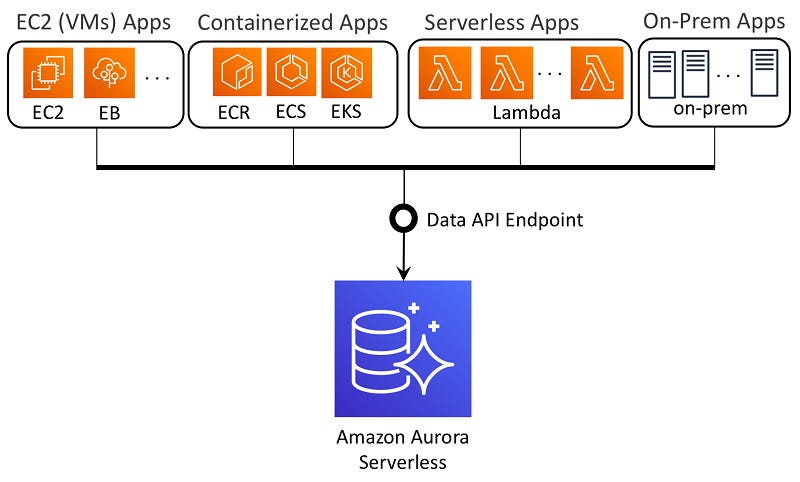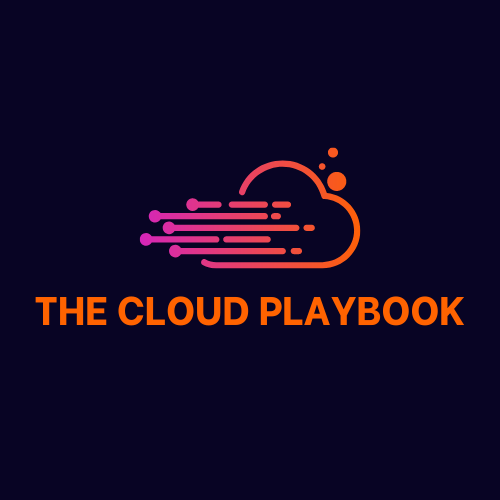TCP #33: RDS Data API in AWS Aurora Postgres
And a special announcement
You can also read my newsletters from the Substack mobile app and be notified when a new issue is available.
Special Announcement
I am launching a paid version of The Cloud Playbook newsletter with this newsletter issue.
Here’s what you will get if you become a paid subscriber today:
Subscriber-only posts to stay ahead in the AWS Cloud technology landscape & access to the entire archive
Deep dives, special reports, and case studies to solidify your AWS Cloud skills and apply them in real-world
Access to exclusive digital products not accessible anywhere and direct Q&A access within the community
NOTE: The free version of this newsletter is not going away.
If you enjoyed reading my free newsletter, subscribe today and elevate your cloud expertise beyond the ordinary.
See you inside the community!
Recently, I have been dealing with requirements to meet compliance needs.
One topic discussed with the security team was maintaining the bastion host, which allows access to the database from a local machine over an SSH connection.
I have not been a big fan of this approach for two reasons:
You need to generate and maintain SSH keys for every user who wants to connect to the database using tools like Navicat or pgAdmin.
You need to create a separate database user for these users and set the necessary permissions.
While exploring how to eliminate using Bastion Host, I encountered an innovative solution AWS already offers for connecting to the Aurora Postgres database.
AWS RDS Data API for Aurora Postgres is a unique solution for developers and database administrators in the ever-evolving landscape of cloud databases.
Forget complex connection setups and traditional database interactions.
This API revolutionizes our work with PostgreSQL databases, offering a streamlined, serverless approach to improving database operations.
In today’s newsletter, I will dive deep into how you can get started using it.

The Problems RDS Data API Solves
Before diving into the technical details, let's address the real-world challenges that RDS Data API tackles head-on:
Connection Management Nightmare
Traditional database connections are a developer's headache. Managing connection pools, handling timeouts, and preventing connection leaks can consume hours of development time.
RDS Data API eliminates these pain points by providing a stateless, HTTP-based connection model.
Serverless Compatibility Challenges
Serverless architectures like AWS Lambda struggle with traditional database connections.
Long-running database connections don't play nicely with ephemeral computing environments.
RDS Data API bridges this gap, offering a lightweight, request-response model suited for serverless applications.
Security and Network Complexity
Configuring database networks, managing security groups, and handling connection authentication can be a logistical nightmare.
The Data API simplifies this by leveraging AWS IAM for authentication and removing the need for direct network access to your database.
Bastion Host Elimination (My personal favorite!)
Say goodbye to complex network architectures and expensive bastion hosts.
RDS Data API provides a direct, secure method to interact with your database without requiring intermediate jump hosts.
No more maintaining additional EC2 instances, configuring SSH tunnels, or managing complex network routing.
Scaling Limitations
Traditional database connections create bottlenecks in high-concurrency environments.
Each connection consumes resources, limiting your application's ability to scale efficiently.
RDS Data API's stateless approach means you can execute queries without maintaining persistent connections, dramatically improving scalability.
No Need for Bastion Host
Traditional database architectures often rely on bastion hosts as a security measure, creating a complex and costly network setup.
Here's how RDS Data API changes the game:
Direct, Secure Access: Instead of routing through a bastion host, you interact with your database directly via AWS IAM authentication.
Reduced Infrastructure Costs: Eliminate the need for additional EC2 instances used as jump hosts.
Simplified Network Configuration: No more complex network routing or SSH tunnel management.
Enhanced Security: Leverage AWS IAM's robust authentication and access control mechanisms.
A quick comparison illustrates the transformation:
Traditional Approach:
Maintain a bastion host EC2 instance
Configure complex network security groups
Manage SSH keys and access controls
Additional infrastructure costs
Increased network complexity
RDS Data API Approach:
No bastion host is required
Direct API-based database interactions
IAM-based authentication
Reduced infrastructure footprint
Simplified security model
Understanding RDS Data API
RDS Data API isn't just another database tool—it's a paradigm shift.
Unlike traditional database connections, which require managing persistent connections and complex networking configurations, this API provides a lightweight, HTTP-based approach to database interactions.
Imagine executing SQL queries as efficiently as making an API call without the overhead of managing connection pools or handling complex connection logic.
RDS Data API eliminates the need for database drivers, ssh key management, reduces connection complexity, and integrates seamlessly with serverless architectures.
This API adapts to your infrastructure, whether you're building a Lambda function, working with AWS Step Functions, or developing a microservices architecture.
Getting Started: Setting Up Your RDS Data API
Ready to dive in?
Here's your step-by-step blueprint for implementing RDS Data API with Aurora Postgres:
Keep reading with a 7-day free trial
Subscribe to The Cloud Playbook to keep reading this post and get 7 days of free access to the full post archives.


